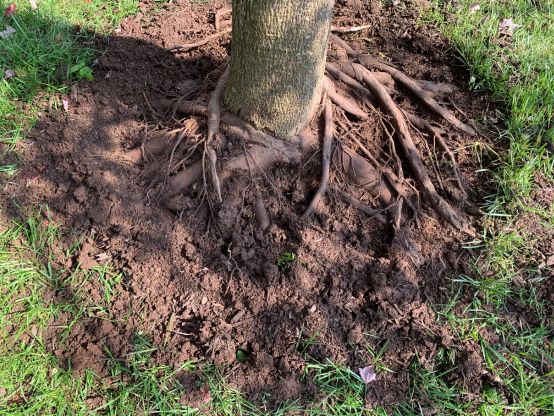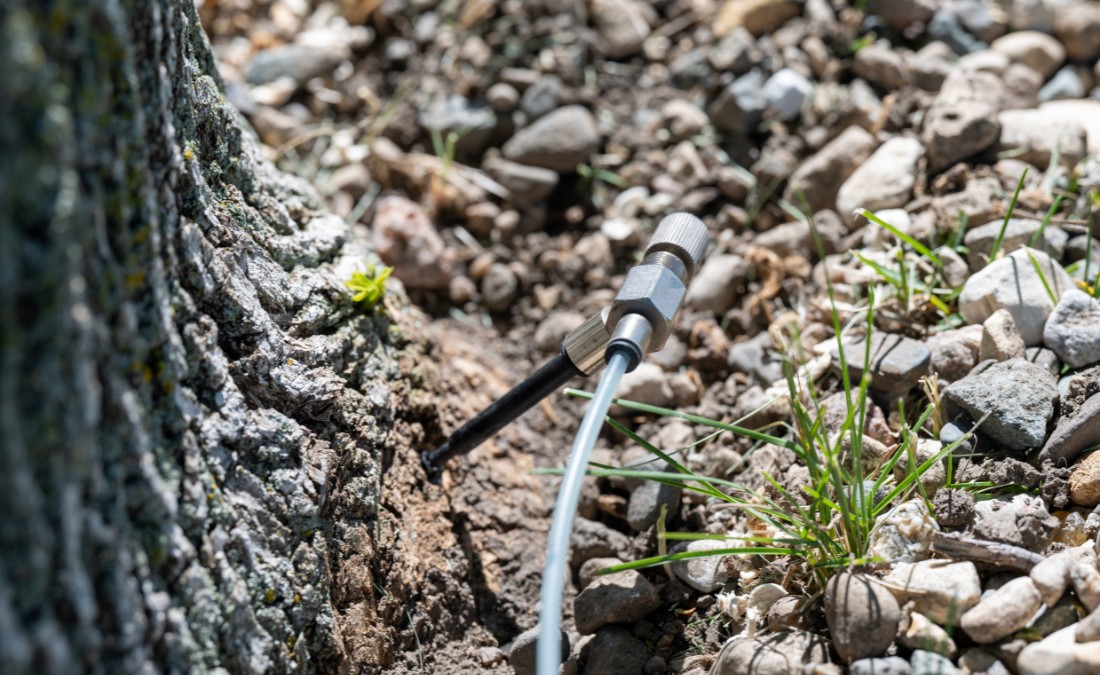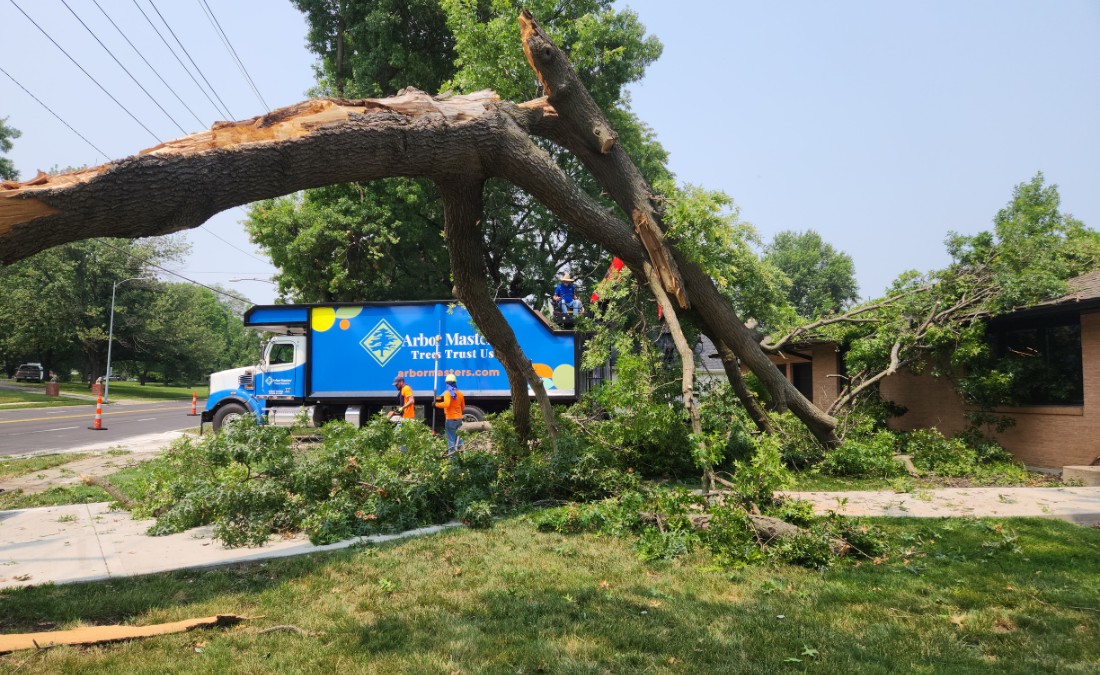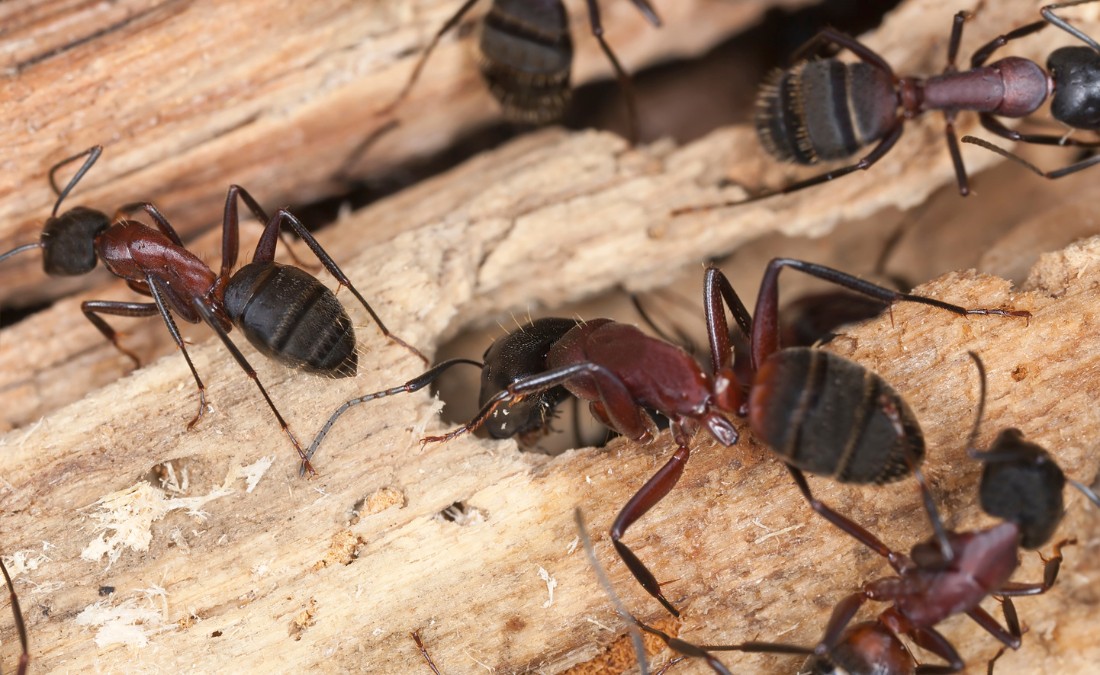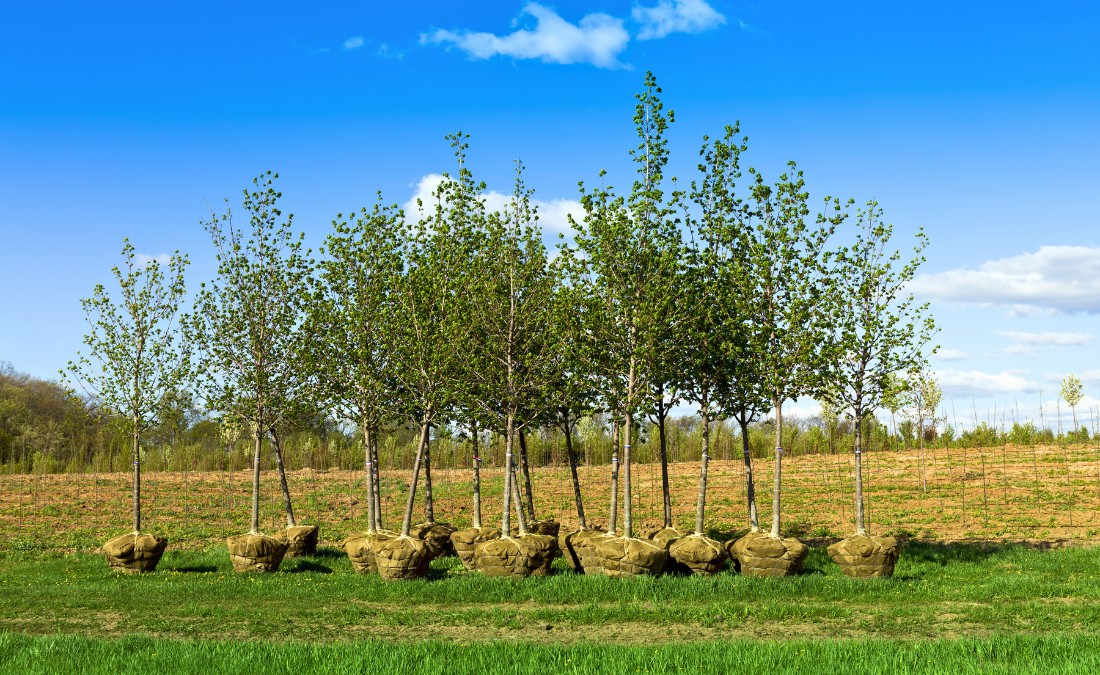Mulching Your Trees: Benefits and Best Practices
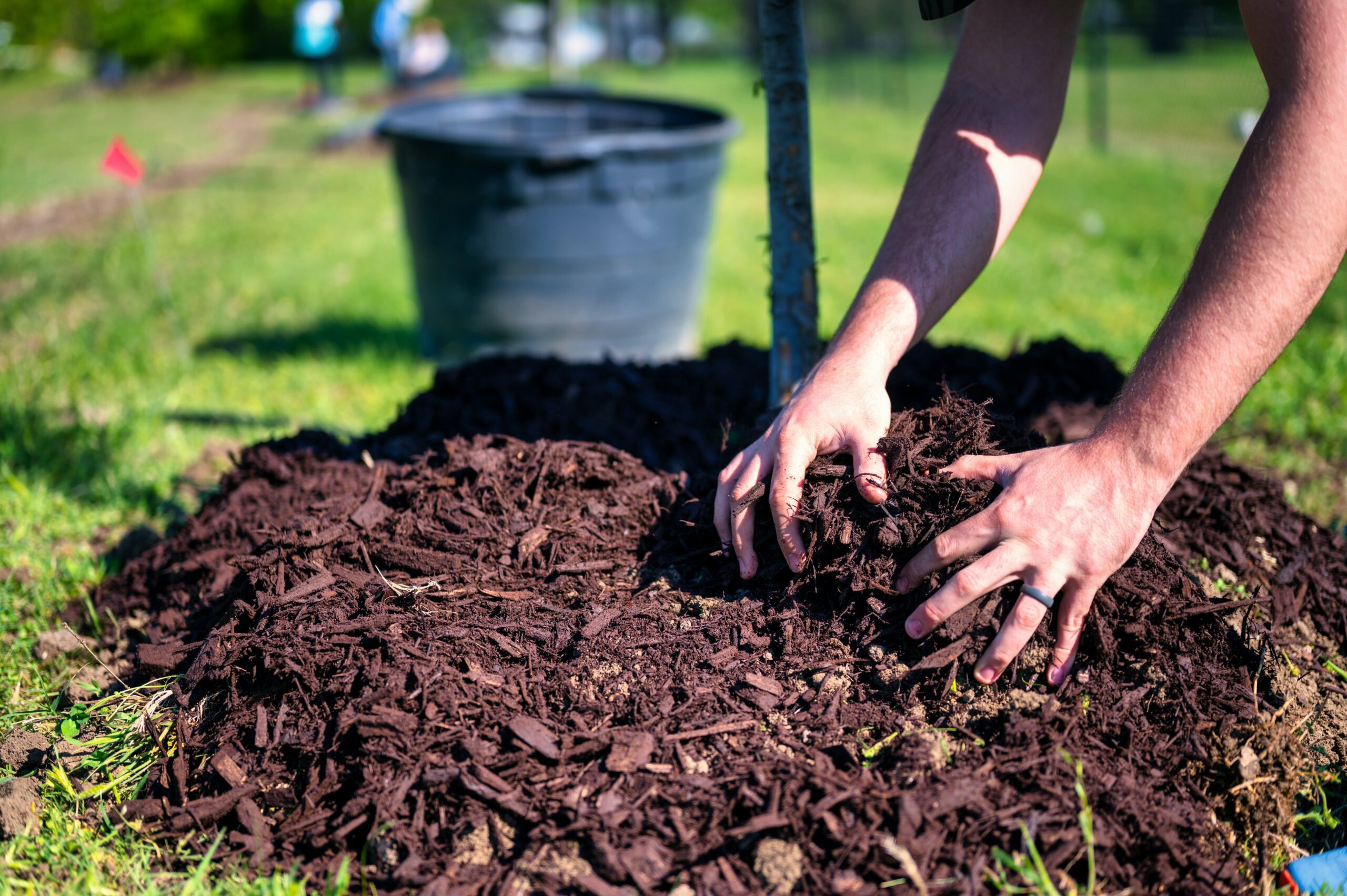
Mulch is a valuable yet often overlooked component of tree health. Although it is one of the simplest tree health care practices, proper mulching provides quality and individualized care for your trees.
At Arbor Masters, our goal is to make a good thing last for years to come – even down to the mulch. Mulch is a valuable yet often overlooked component of tree health. Although it is one of the simplest tree health care practices, proper mulching provides quality and individualized care for your trees. When applied to the soil surface, organic mulch helps protect your tree, retain moisture, control weeds, regulate soil temperatures and improve overall soil health. With proper mulching, the tree’s vital root system has easier access to nutrients all while maintaining its beauty with minimal work.

However, it’s important to consider the method to your mulching, as the benefits of mulch can only appear if the process is done right. Learning about proper mulch timing, types and application can enable you to truly tap into the rewarding benefits of mulch for tree health.
The Gift of Mulch: Unpacking the Benefits
Mulching your trees does more than just adding a layer of contrasting color to your lawn or garden. With proper treatment and application, mulching helps trees thrive as it boosts moisture retention, controls pesky weeds, and even protects the tree from heavy machines used in common lawn care. Let’s unpack the benefits of mulch:
Moisture Retention
Mulching reduces evaporation and can reduce the need for watering. This can be especially helpful during warmer months and times of drought. Hydrated soil is healthy soil, and a loss of moisture can disrupt the process of photosynthesis and overall tree growth.
Soil Temperature Regulation
By insulating the soil surface, mulch protects roots from weather extremes. This enables the soil to keep warmer in the winter months and cooler during summer months.
Weed Control
No one likes pulling weeds, particularly because they always seem to come back no matter how much time you devote to removing them. However, weed seeds need sunlight to germinate and grow. Mulching can stop weed growth at the source by acting as a physical barrier that blocks out sunlight and prevents weeds from ever reaching the surface. No sunlight means less energy for weeds—a natural way to stop weeds at the root source.
Weed barrier can create anaerobic soil conditions, meaning moisture stays trapped under the weeds, inviting possible root decay. As the tree gets bigger every year, the weed barrier obstructs the growth of the trunk and root flares.
Improved Soil Biology
Soil condition is often a direct indication of tree health. Applying mulch not only protects the soil underneath, but also provides nutrients to the roots and increases soil fertility as the organic material decomposes. More organic matter in the soil means more biological activity which plays a key role in maintaining soil structure and healthy drainage. The compost generated from the decomposed mulch is the most nutrient-dense part of the soil, not only nourishing the tree, but making it more resilient.
Protection Against Mowing Damage
Although their size and stability may suggest otherwise, trees are vulnerable to physical damage just like any other plant. Often the victims of cuts and scratches from routine yard work, trees use their energy to repair these injuries. Mulching with a wide radius helps protect trees from potential dangers like lawn mowers running over shallow root systems and rapidly rotating string trimmers carving a tree’s bark. A good rule of thumb is a 30” radius for smaller trees, and up to 3 times the diameter of the tree (24” tree trunk would have a 72” mulch ring).
Mulch Selection: Choosing the Right Mulch for Your Trees
When it comes to mulch, Arbor Masters recommends organic materials such as wood chips, leaves, pine needles, straw, sawdust, moss, shredded bark, nut shells or compost mixes. Organic mulch is often referred to as the best mulch for trees because of its ability to decompose and provide nutrients to the soil.

Mulch Selection: What’s the Best Choice?
The natural benefits of adding organic and essential nutrients to the soil outweigh the need for regular replenishment. Inorganic mulch is a potential, but not recommended option for your landscaping needs. Inorganic materials can last longer; however, they do not provide nutrients or protect roots from heat like organic mulch does. For that reason, we do not recommend using inorganic mulches.
While trees in forests and other natural environments have the benefit of growing in soil that’s continually replenished with layers of fallen leaves, decaying plants and organic materials, urban landscapes do not usually have this luxury. Many times, the soil in these environments is less biodiverse and experiences larger variations in soil temperature and moisture. That’s why we always recommend mulching to imitate a natural environment and keep the soil fertile while still maintaining a clean, upkept look.
Mulching 101: How to Properly Mulch Your Trees
Implementing the right mulching techniques is just as important as choosing the right mulch. There are some general guidelines for how to mulch trees in a way that best supports their health.
Mulch Depth
A tree should have a 2- to 4-inch layer of mulch. Over-mulching can deprive the roots of oxygen, generate excess heat and waterlog the soil by retaining too much moisture. A layer of mulch that is too thin will not effectively suppress weeds or conserve moisture.
Mulch Width
When applying mulch, it’s best to think in terms of a frisbee rather than towering volcanoes. Extending the mulch ring wider also extends the benefits. If possible, mulch out to the tree’s drip line, which is the area directly under the outer circumference of the tree’s foliage. Avoid piling mulch against or around the trunk. Mulch should be pulled several inches from the trunk so the base and root flare are exposed. This allows the tree to breathe and reduces the risk of root decay. Excessive mulch can even encourage girdling roots, as seen in the photos below, which often lead to long term issues for tree health. With mulching, the goal is to cover the soil, not the tree.
Mulch Maintenance
Finer mulch materials like shredded leaves or pine needles decompose at a faster rate than chunky materials like bark or wood chips. However, all organic mulch breaks down eventually. Not to mention, mulch can become matted or move around because of heavy rain or wind. We recommend inspecting your mulch on occasion to determine if it needs to be added to or repositioned.
Signs of breakdown like mulch pieces that have become smaller or a layer that has thinned over time are good indications that the decomposed mulch needs to be amended. A thin layer to freshen up the surface may be all that is needed. If the mulch looks relatively the same as when you applied it, a quick raking to break up and loosen the mulch is all that is needed.

At Arbor Masters, we work directly with our clients to determine the best cadence for their tree and plant health care. If you want a professional arborist’s evaluation of your tree’s health, give us a call! We are available year-round and can provide either a drive-by or in-person consultation with one of our arborists.
Timing it Right: When to Mulch Your Trees
Mulch can be applied to trees anytime of the year. However, spring and fall months are generally common times to choose to mulch your yard. Mulching in the fall can provide needed protection for the upcoming cold and dry winter. During winter months, mulch also plays a critical part in stabilizing the soil temperature during daytime thaws and nighttime freezes. Mulching in the spring can help you stay on top of weeds as the soil warms for root growth to begin.

The Impact of Mulching on Tree Root Health
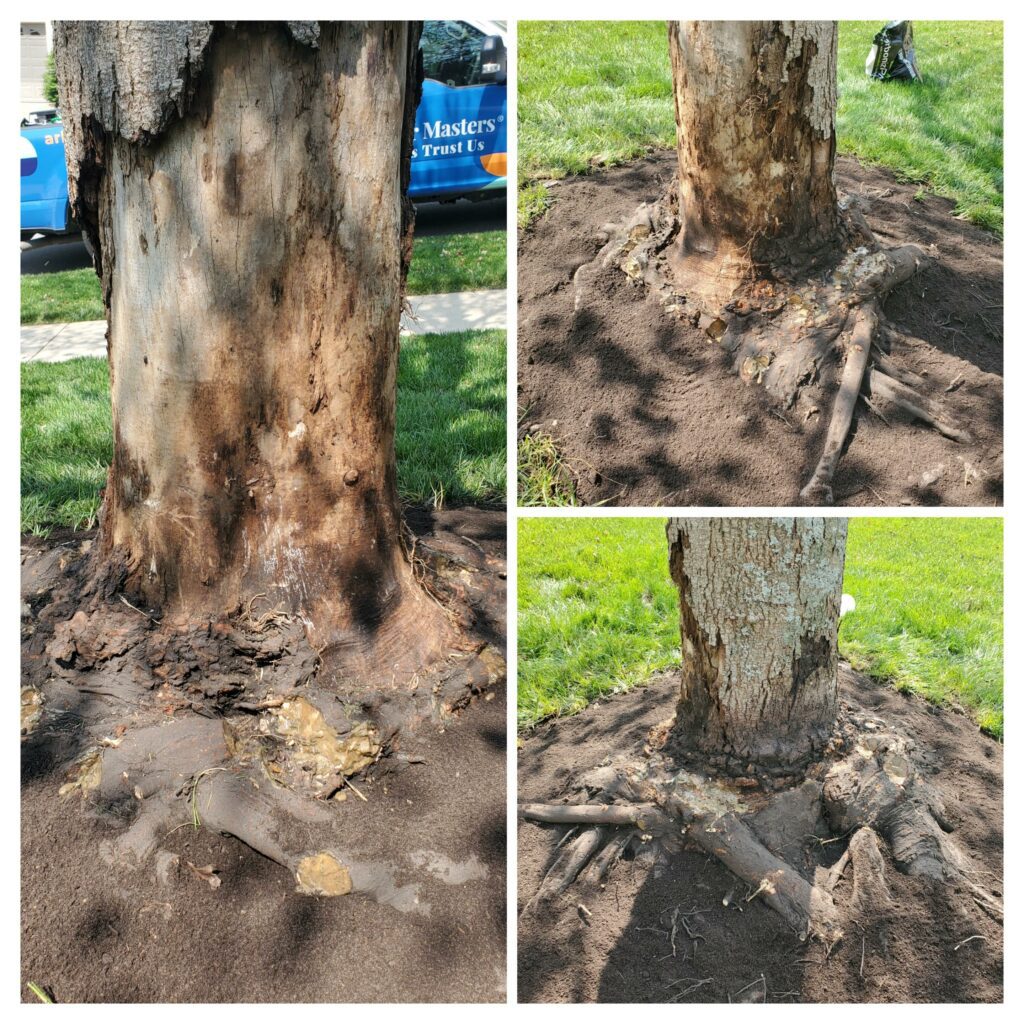
Results of bad mulching
Mulching improves the growing conditions of roots as it decomposes into compost and closely replicates a natural woodland environment. This develops healthy soil biology and improves tree root health since roots are better suited for aerated, nutrient-dense soil rather than the compacted clay soil common in many urban landscapes in central U.S. states like Texas, Oklahoma, Kansas, Missouri and Iowa. In addition, trees thrive on less frequent, deeper watering unlike turf grass that is shallow-rooted and requires frequent stents of light watering. The roots of trees are designed to reach deep into the soil for nutrients and water. Properly applied mulch encourages trees to behave in this natural way instead of searching for moisture near the surface, which can prove fatal in times of drought.
Proper mulching is an essential practice to keep your trees healthy. By incorporating mulching into your routine of tree care, you can extend the tree’s lifetime and encourage beautiful, healthy growth. Our comprehensive plant health care program pairs mulching with other essential practices of soil care as well as pruning, insect and disease control and tree cabling and bracing as needed.
Making the Most of Your Mulch
Mulching is a simple yet effective practice you can adopt to promote soil health and prevent many problems common to developing and established trees. From maintaining moisture and regulating the temperature of the soil to controlling weeds and protecting the roots, mulch stabilizes and conserves the home of the tree. Mulch and soil health go together. Applying organic mulch feeds soil biology, creating healthy soil that is rich in microorganisms. By following proper mulching techniques and considering the depth, location and type of mulch, you will quickly be on your way to making a positive impact on your trees’ health and appearance.
See what the magic of mulch can do for you. Contact our tree experts at Arbor Masters, the team of Certified Arborists and plant experts that trees trust.

Want More Like This?
Get the latest local news, tree care tips, special offers, and company updates directly to your inbox! It's easy to subscribe and there's no spam - we promise.
"*" indicates required fields


